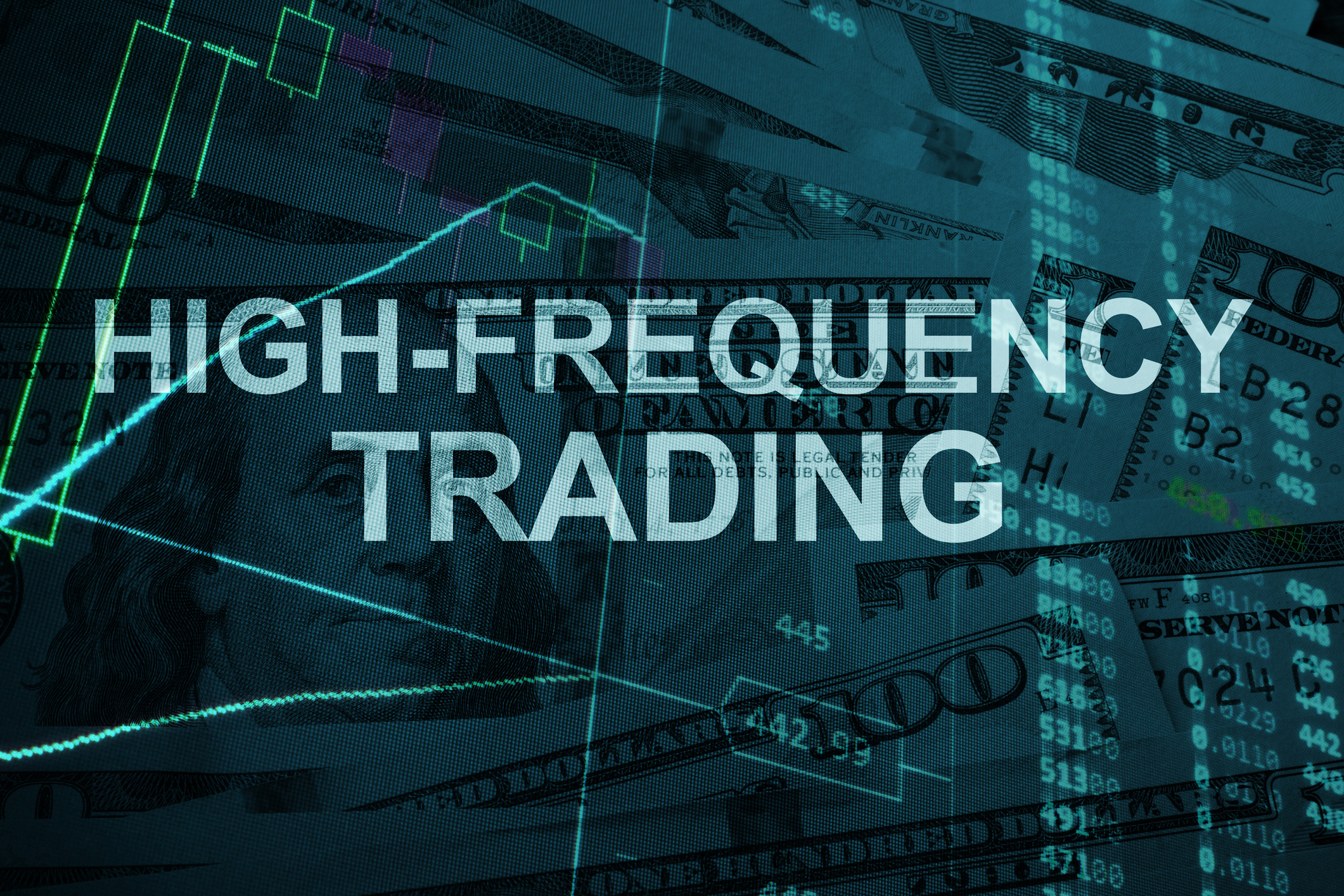Hedging a stock helps reduce risk by taking an offsetting position. Investors have many ways to hedge their portfolio, including shorting stocks, buying an inverse exchange-traded fund, or using options. While hedging can reduce risk, it comes at a cost.

What is a stock hedge?
A stock hedge is an asset or investment used to offset an existing position to reduce risk. Investors use hedges to reduce the risk of a particular stock or their entire portfolio. A hedge usually involves taking the opposite position in a similar investment or using financial derivatives like options to limit the potential impact of an unfavorable price movement in the underlying investment.
Types of Stock Hedges
Investors can use many different types of stock hedges to reduce risk. Common stock hedges include:
- Shorting a stock: Many investors will short a similar stock to create an offsetting position as a hedge. For example, if an investor has a large allocation to a particular tech stock they want to hedge, they could short a similar technology stock.
- Short a market index: Investors can hedge their market exposure by shorting an exchange-traded fund (ETF). For example, shorting the popular SPDR S&P 500 ETF (SPY +0.62%) would enable an investor to hedge against a decline in the S&P 500 index.
- Purchase an inverse ETF: Investors who don’t want to use short-selling could purchase an inverse ETF as a market hedge. For example, purchasing the ProShares Short S&P 500 ETF (SH -0.61%) is roughly equivalent to shorting an S&P 500 ETF.
- Using put or call options: Options provide investors with many ways to hedge stocks. For example, they could buy a put option on a stock they own to limit their downside to the put’s strike price plus the option premium. Investors could also sell a call option below a stock’s current price to provide some downside protection.
Options
What are some drawbacks of a stock hedge?
While stock hedges can be beneficial, they also have some drawbacks. Stock hedges are similar to insurance because they provide investors with downside protection. However, like insurance, stock hedges come with a cost in exchange for risk reduction.
That cost can come in many forms, including an upfront expense, ongoing fees, or reduced return. For example, buying a put option to hedge against a decline in a particular stock costs money. While that insurance premium can pay off if there’s a significant decline, the cost of setting up a series of puts to protect specific stocks can add up.
Shorting also costs money. While a short sale initially brings in cash, investors often must pay a recurring fee to borrow shares. Further, if the underlying stock or index used to hedge increases in value, the short seller would pay more money to close their short position than they initially received.
These costs impact returns in the long run. That’s why most investors limit their hedging to periods when they believe there’s a higher risk of a significant downward move in a stock or market index.


















